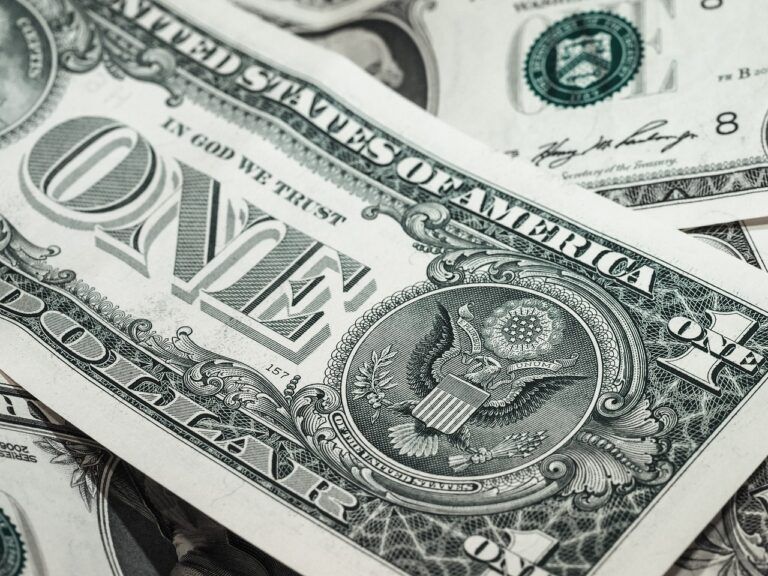Paul Krugman highlights the significant national debt of $34 trillion in his latest opinion piece for The New York Times (NYT), emphasizing that while it appears daunting, the historical and international context diminishes its perceived threat.
Paul Krugman is a renowned American economist and public intellectual, known for his influential work in international economics and trade theory. Born on 28 February 1953, he earned his Ph.D. from the Massachusetts Institute of Technology (MIT) in 1977. Krugman’s academic contributions, particularly his analysis of economic geography and trade patterns, earned him the Nobel Memorial Prize in Economic Sciences in 2008.
Beyond academia, Krugman has been a prolific writer and commentator, authoring numerous books and over 20 years of columns for The New York Times. His writing often tackles contemporary economic issues, advocating for progressive policies and critiquing austerity measures. Krugman’s clear and often provocative commentary has made him a significant voice in public economic discourse. Throughout his career, he has held prestigious academic positions and has been a visiting professor at several universities, including Princeton, where he is a professor emeritus.
In an NYT article published on June 6, Krugman explains that the $34 trillion figure, although substantial, is less alarming when considered as a percentage of GDP, comparable to levels seen at the end of World War II in the U.S. and much lower than historical debt levels in countries like Japan and Britain.
Krugman asserts that most historical debt crises involved countries borrowing in foreign currencies, which left them vulnerable to liquidity crises. He cites the Latin American debt crisis in the 1980s and the European debt crisis in 2010-12 as examples. These crises were mitigated by the ability to print money to stabilize the economy, a luxury the U.S. enjoys as it borrows in its own currency.
Krugman acknowledges a general unease about projections showing debt as a percentage of GDP rising over the next 30 years but argues that this is manageable. He notes that unlike individuals, governments do not need to pay off their debt entirely. Historical debt, such as that from World War II, was effectively reduced through economic growth and inflation, rather than direct repayment.
Krugman references research by Bobby Kogan and Jessica Vela from the Center for American Progress, indicating that stabilizing debt as a percentage of GDP would require increasing taxes or cutting spending by 2.1% of GDP. He contends that this is a relatively small adjustment, feasible without significant economic harm, given the U.S. collects a smaller percentage of GDP in taxes compared to other wealthy nations.
The political landscape, particularly Republican policies, poses the real challenge to addressing debt concerns, according to Krugman. He points out that Republicans often criticize debt while advocating for policies that exacerbate fiscal issues, such as extending the 2017 Trump tax cuts and reducing the IRS budget, hindering efforts to collect taxes from wealthy individuals.
Krugman concludes that America’s debt issues are more a reflection of political dysfunction than economic unsustainability. He emphasizes that with the right political will, the U.S. could easily address debt concerns, but the current political climate, especially the radicalization within the GOP, hampers meaningful progress. Krugman expresses greater concern for the implications of political dysfunction on democracy than for the national debt itself.
Featured Image via Pixabay









